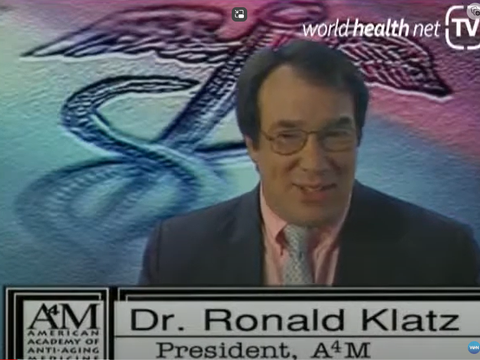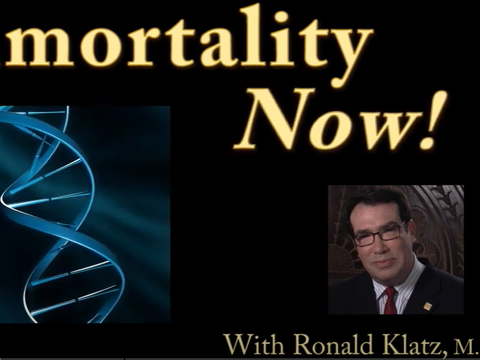Scientists send skin cell back to embryo stage (Reuters)
18 years, 7 months ago
8324
0
Posted on Sep 15, 2005, 11 a.m.
By Bill Freeman
Scientists have created a human embryonic stem cell from ordinary skin cells and say it is a step closer to tailored medical treatments without the technical difficulties or the controversy of using human embryos.
WASHINGTON (Reuters) - Scientists have created a human embryonic stem cell from ordinary skin cells and say it is a step closer to tailored medical treatments without the technical difficulties or the controversy of using human embryos.
The scientists said on Monday their technique, in which they fused embryonic stem cells to skin and bone cells, could one day provide the scientific and medical benefits of so-called therapeutic cloning.
But stem cell experts Kevin Eggan, Dr. Douglas Melton and colleagues at Harvard Medical School and the Howard Hughes Medical Institute stress in a report to be published in next Friday's issue of the journal Science that their method is not yet ready to try in humans.
"This technique is not ready for prime time now," Eggan told reporters in a telephone briefing, adding that he feels cloning technology, the use of discarded embryos from fertility clinics and other approaches are all still vital.
The newly fused cells contain DNA from both cells. Therefore, they would not be a perfect genetic match to the patient.
Stem cells are the body's master cells, used to continually regenerate tissues, organs and blood. Those taken from days-old embryos are considered the most versatile. They can produce any kind of tissue in the body.
Doctors hope to someday use embryonic stem cells as a source of perfectly matched transplants to treat diseases such as cancer, Parkinson's and some injuries. Biologists want to study them to understand the basic causes of disease and development.
But because some people, including
President George W. Bush, object to the destruction of or experimentation on a human embryo, U.S. law restricts the use of federal funds for this kind of research.
It is a hot debate in the U.S. Congress and several bills have been offered for consideration when the Senate comes back next month that would either relax the federal restrictions or tighten them even more.
"There still could be some groups of people that would object to (our method) because at one time the cells were derived from a very early human embryo," Eggan said.
GETTING AROUND RESTRICTIONS
His team worked with stem cells created using both private and federal funding.
They fused embryonic stem cells to human adult skin cells, and managed to reprogram them back to an embryonic state. The new cells acted like stem cells, forming tumors called teratomas when injected into mice -- a classic test for a true embryonic stem cell. They also contained genes unique to stem cells.
The cells also appeared to survive indefinitely in a lab dish, another test of a true embryonic stem cell.
"We found they could be induced to mature into nerve cells, hair follicles, muscle cells and gut endoderm cells. And when cultured in lab dishes, the cells differentiated, or matured, into the three major basic types of cell," Eggan said.
Eggan said the work was not inspired by the political debate.
"Our motivation is completely based in science," Eggan said.
"Myself and my colleagues feel very, very strongly that research with somatic cell nuclear transfer (so-called therapeutic cloning) should move forward. We feel it is critical."
Eggan's team and others say they ultimately wish to understand how to re-program an ordinary cell and hope the use of human embryos would only be an interim step to learning how to manufacture these cells.
Currently, embryonic stem cells are either taken from embryos left over from fertility clinics, or generated using a cloning technology called nuclear transfer. This requires taking the nucleus out of an egg cell and replacing it with the nucleus of an adult cell, called a somatic cell, from the person to be treated.
When done successfully, the egg starts dividing as if it had been fertilized by a sperm.
"If one could just simply understand how that process works, termed reprogramming, one might be able to directly turn adult cells into embryonic stem cells without an embryo or an egg," Eggan said.










